Transparent Degradable PLA Heat - Sealable Film: The Innovative Driving Force in Food Packaging for Environmental Protection
3 month agoTransparent Degradable PLA Heat - Sealable Film: The Innovative Driving Force in Food Packaging for Environmental Protection
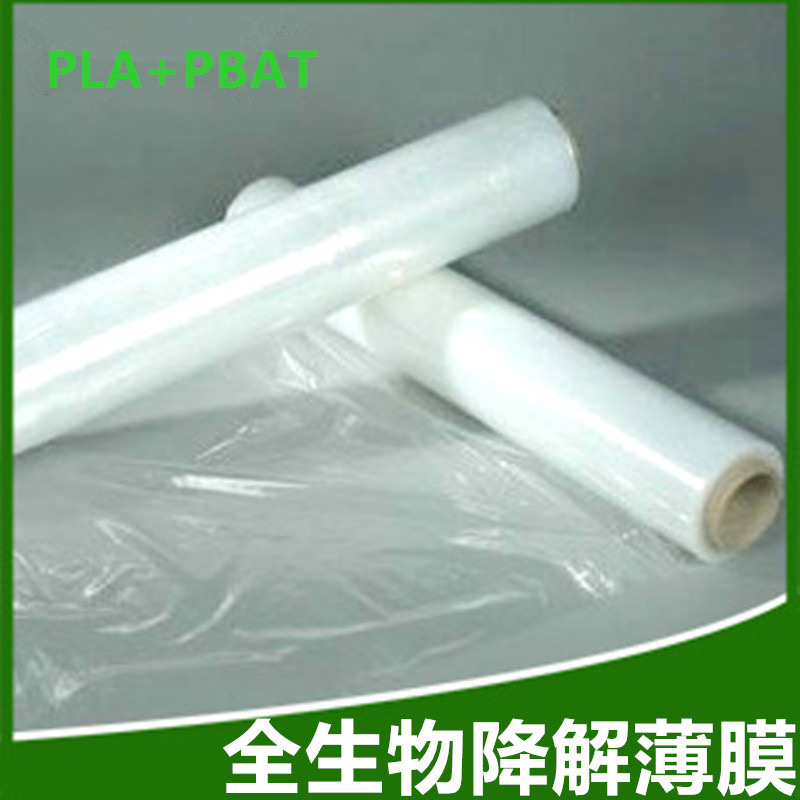
The Road to Environmental Change in Food Packaging
Traditional plastic packaging has long been a mainstay in the food industry. However, its negative impacts on the environment are becoming increasingly evident. The non - biodegradable nature of traditional plastics leads to their accumulation in landfills, oceans, and other natural habitats. This not only causes aesthetic pollution but also poses a serious threat to wildlife, as animals may ingest or become entangled in plastic debris.
Against this backdrop, the demand for environmentally friendly packaging solutions has surged. Consumers are becoming more environmentally conscious and are demanding products that come in sustainable packaging. The transparent degradable PLA heat - sealable film emerges as a promising alternative, holding great potential to revolutionize the food packaging industry.
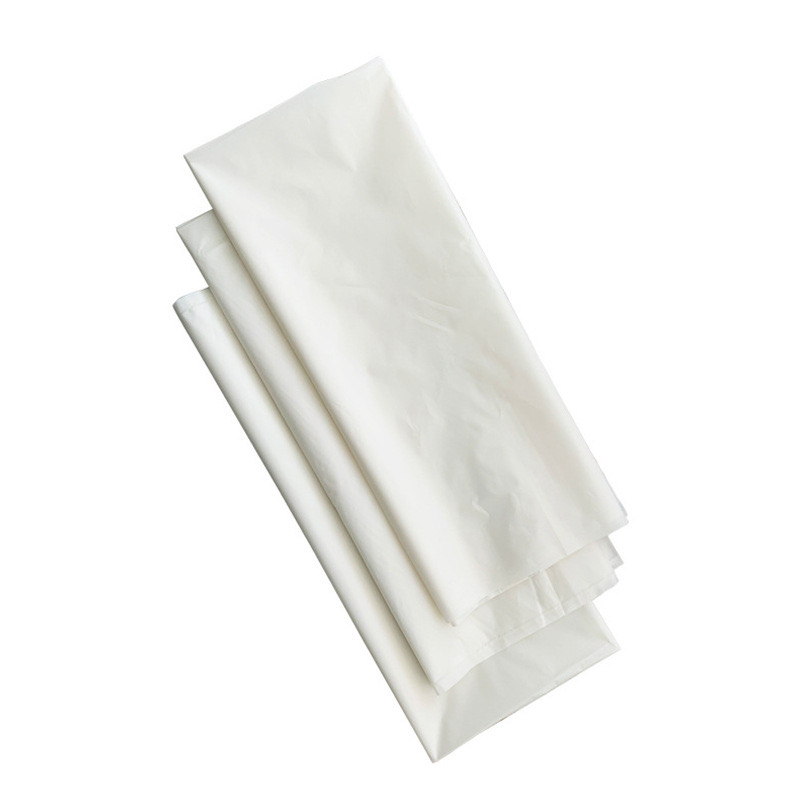
Decoding the PLA Heat - Sealable Film
1. Source of Raw Materials: A Renewable Green Treasure
Polylactic acid (PLA) is derived from renewable resources, primarily plant starches such as corn. This starting point gives PLA a significant edge in terms of sustainability. Unlike traditional plastics that are derived from fossil fuels, the production of PLA does not contribute to the depletion of finite resources.
The use of plant - based raw materials also means that the carbon footprint associated with PLA production is relatively low. During the growth of plants, they absorb carbon dioxide from the atmosphere through photosynthesis. When these plants are used to produce PLA, the carbon dioxide is, in a sense, recycled, making the overall process more environmentally friendly.
2. Preparation Method: Green Technology Empowered by Science and Technology
The production of PLA involves a complex process. First, lactic acid is extracted from plant starches. This is typically achieved through fermentation processes, where microorganisms break down the starch into lactic acid.
Once lactic acid is obtained, it undergoes a polymerization reaction to form PLA. This polymerization step requires precise control of reaction conditions, such as temperature, pressure, and the use of catalysts. Advanced technologies and manufacturing processes have been developed to optimize this reaction, ensuring high - quality PLA production with consistent properties. The integration of modern science and technology in the production of PLA reflects the industry's commitment to sustainable and efficient manufacturing.
3. Performance Analysis: A Convergence of Excellent Characteristics
1. Transparency: One of the most notable features of PLA heat - sealable film is its high transparency. This property is crucial in food packaging as it allows consumers to clearly see the product inside. For example, in the packaging of fresh fruits and vegetables, the transparency of the PLA film enables consumers to assess the quality and freshness of the produce at a glance. This not only enhances the visual appeal of the product but also builds trust between the consumer and the brand.
2. Heat - Sealability: PLA heat - sealable film exhibits excellent heat - sealing properties. It can be easily sealed using heat - sealing equipment, creating a secure and air - tight seal. This is essential for maintaining the freshness and quality of food products. For instance, in the packaging of bakery items, a proper heat - seal ensures that the product remains protected from moisture, air, and other contaminants, thereby extending its shelf life.
3. Barrier Properties: The film has moderate barrier properties against oxygen, moisture, and other gases. While it may not be as impermeable as some traditional plastic films in all respects, it can effectively slow down the exchange of gases and moisture, which is sufficient for many food applications. For example, in the packaging of cheese, the barrier properties of the PLA film help prevent the growth of mold by reducing the ingress of oxygen and moisture.
4. Degradability: Perhaps the most significant advantage of PLA is its biodegradability. Under the right environmental conditions, such as in composting facilities, PLA can be broken down by microorganisms into water and carbon dioxide. This means that it does not persist in the environment like traditional plastics, reducing the long - term environmental impact.
Diverse Applications of PLA Heat - Sealable Film in Food Packaging
1. Fresh Fruits and Vegetables: The Guardians of Freshness
PLA heat - sealable film plays a crucial role in preserving the freshness of fruits and vegetables. The film's ability to regulate the exchange of gases, such as oxygen and carbon dioxide, is essential. Fruits and vegetables continue to respire after harvest, consuming oxygen and producing carbon dioxide. The PLA film creates a micro - environment around the produce that allows for a controlled exchange of these gases, slowing down the ripening process and maintaining freshness.
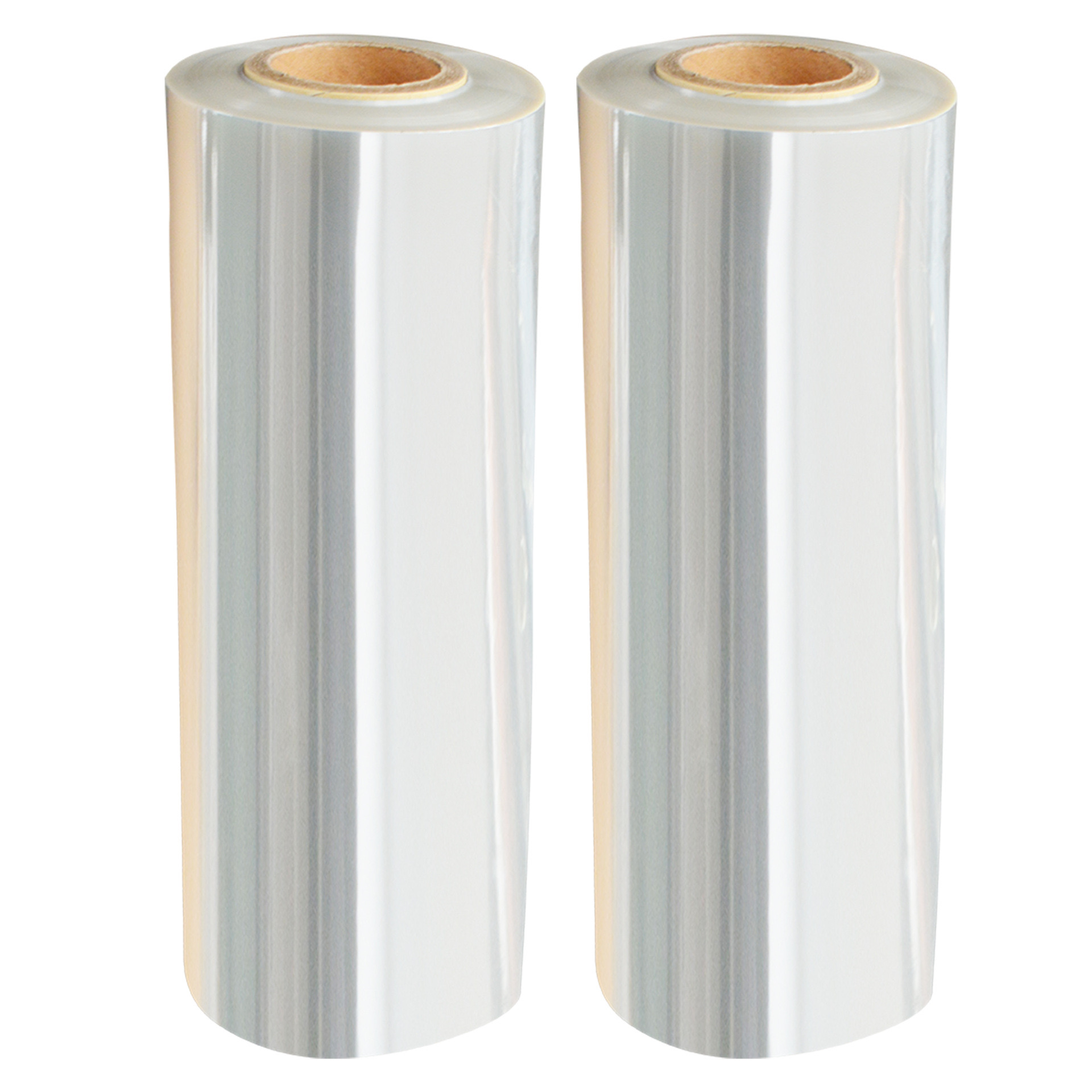
In addition, the film helps to reduce moisture loss. By providing a physical barrier, it prevents the evaporation of water from the fruits and vegetables, keeping them hydrated and crisp. For example, when packaging strawberries, the PLA film not only protects the berries from physical damage but also ensures that they remain plump and juicy for a longer period.
2. Bakery Products: Protecting Quality
For bakery products, PLA heat - sealable film offers several benefits. First, it has excellent oil - resistance properties. This is important as many bakery items, such as cakes and pastries, contain fats and oils. The film prevents the oil from seeping through the packaging, keeping the product intact and the packaging clean.
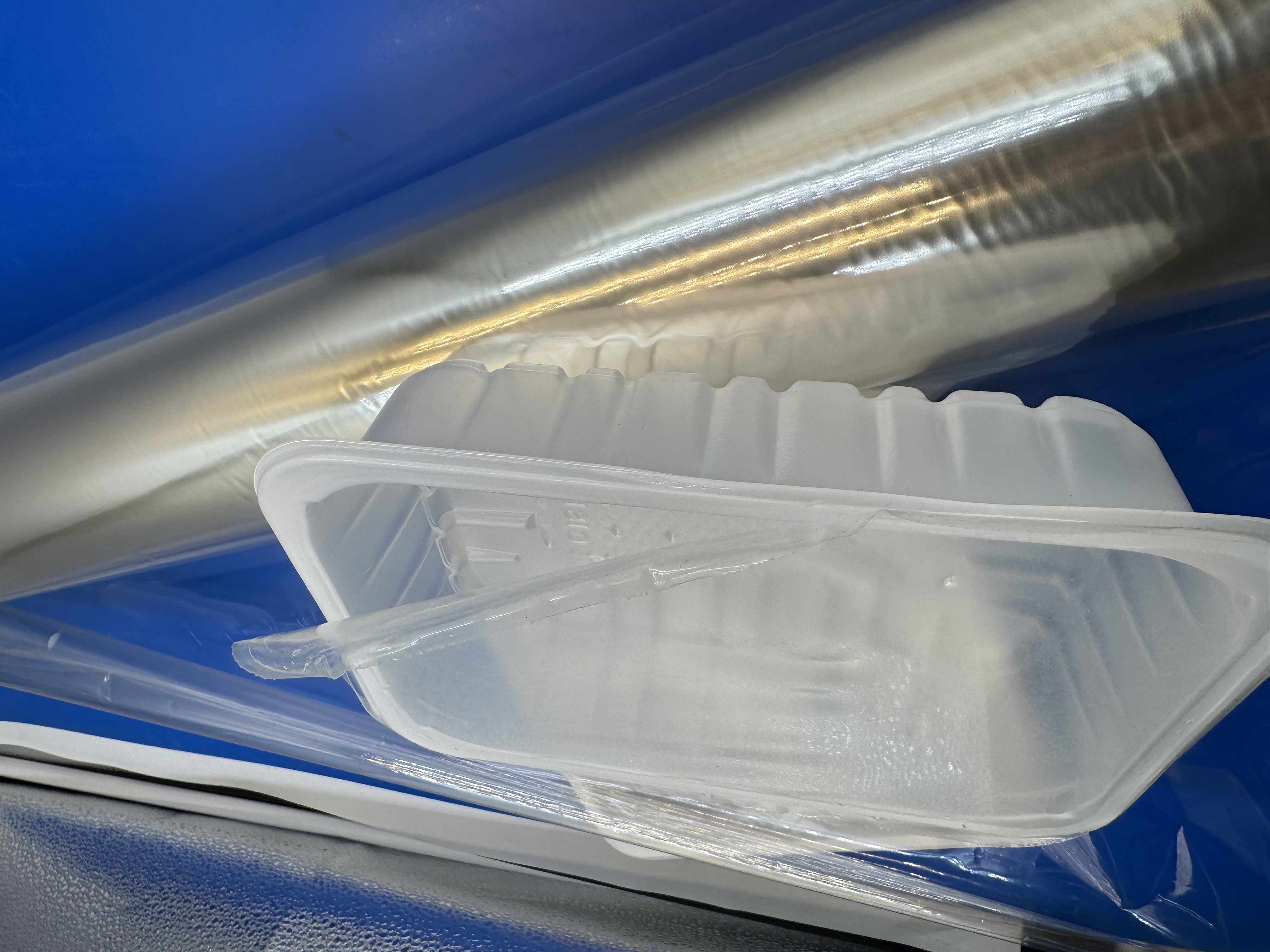
Secondly, the film provides protection against moisture. Moisture can cause bread and other bakery products to become stale. The barrier properties of the PLA film help to keep the moisture out, maintaining the freshness and texture of the product. Moreover, the film can also help to preserve the aroma of the bakery items, ensuring that the product retains its delicious smell.
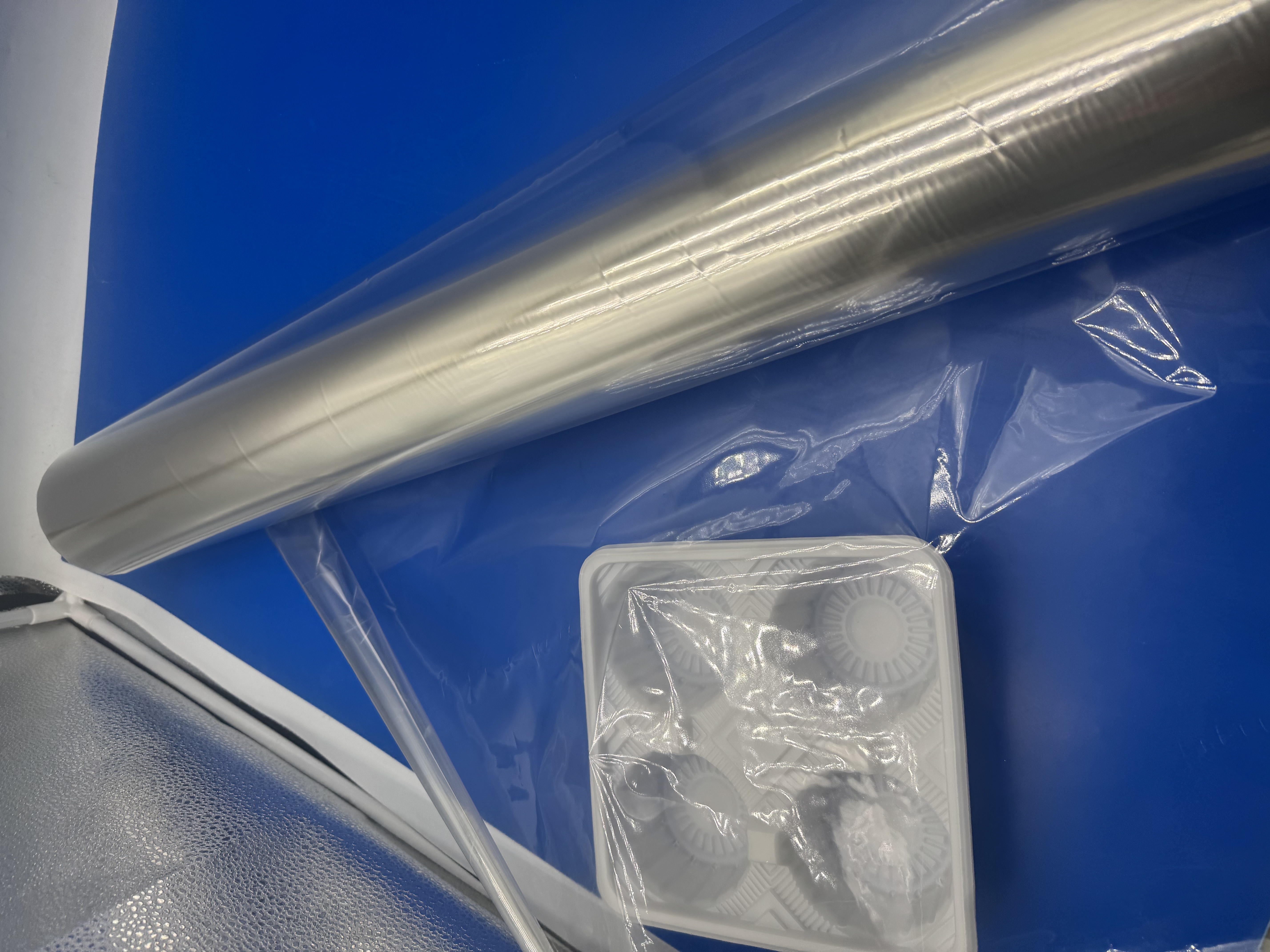
3. Dairy Products: A Safety Barrier
In the packaging of dairy products, PLA heat - sealable film acts as a reliable barrier against external contaminants. Dairy products are highly perishable and are susceptible to spoilage due to the growth of microorganisms. The film's barrier properties prevent the entry of bacteria, mold, and other pathogens, extending the shelf life of the dairy products.
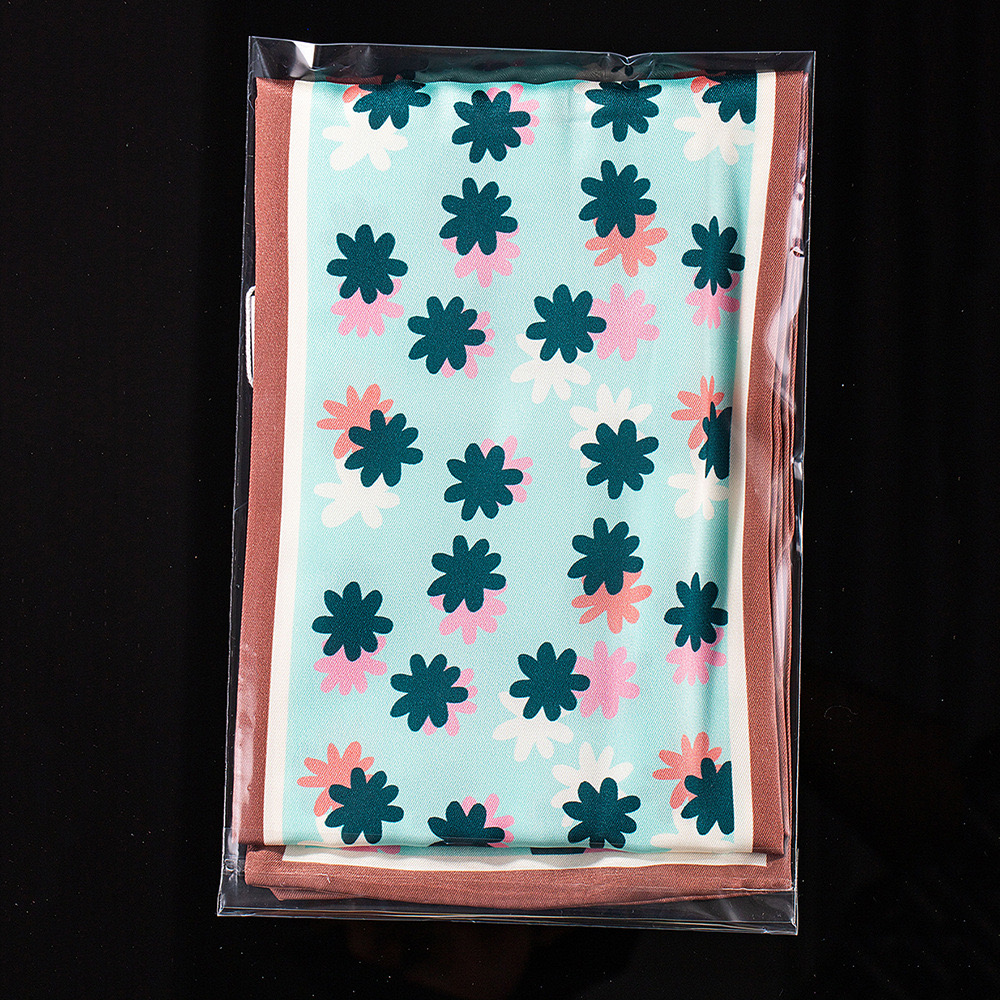
For example, in the packaging of yogurt, the PLA film not only protects the product from physical damage but also ensures that it remains free from contaminants. Additionally, the transparency of the film allows consumers to easily see the product, which is especially important for dairy products where appearance can be an indicator of quality.
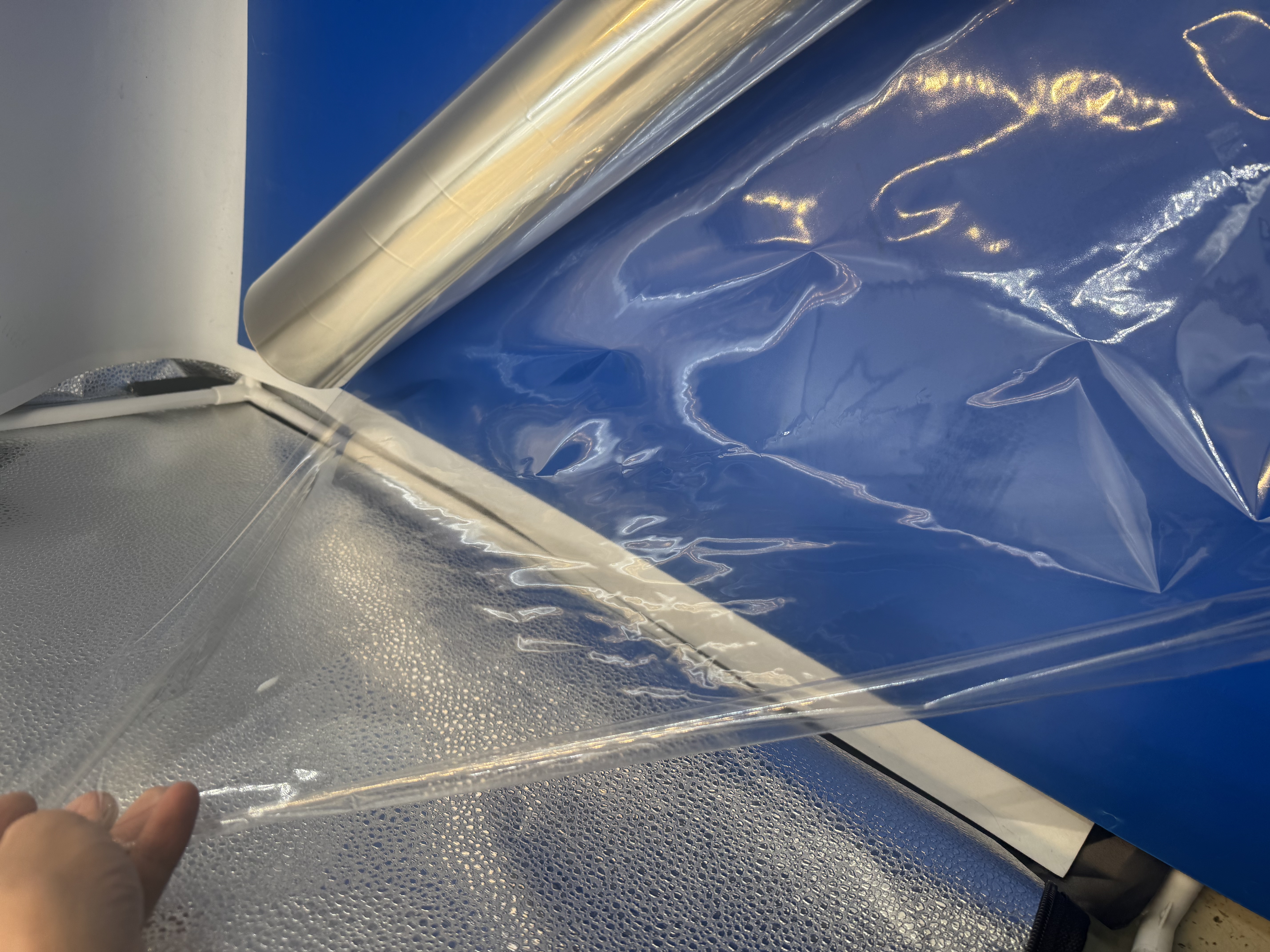
4. Snack Foods: Adding Appeal
PLA heat - sealable film is also widely used in the packaging of snack foods. Its high transparency makes the snacks more visually appealing, attracting consumers. In addition, the film can be easily customized with various printing techniques, allowing for eye - catching packaging designs.
The heat - sealability of the film enables efficient and reliable packaging, which is crucial for the high - volume production of snack foods. The film also helps to maintain the freshness and crunchiness of the snacks by providing a barrier against moisture and air. For example, in the packaging of potato chips, the PLA film keeps the chips fresh and crispy, enhancing the consumer experience.
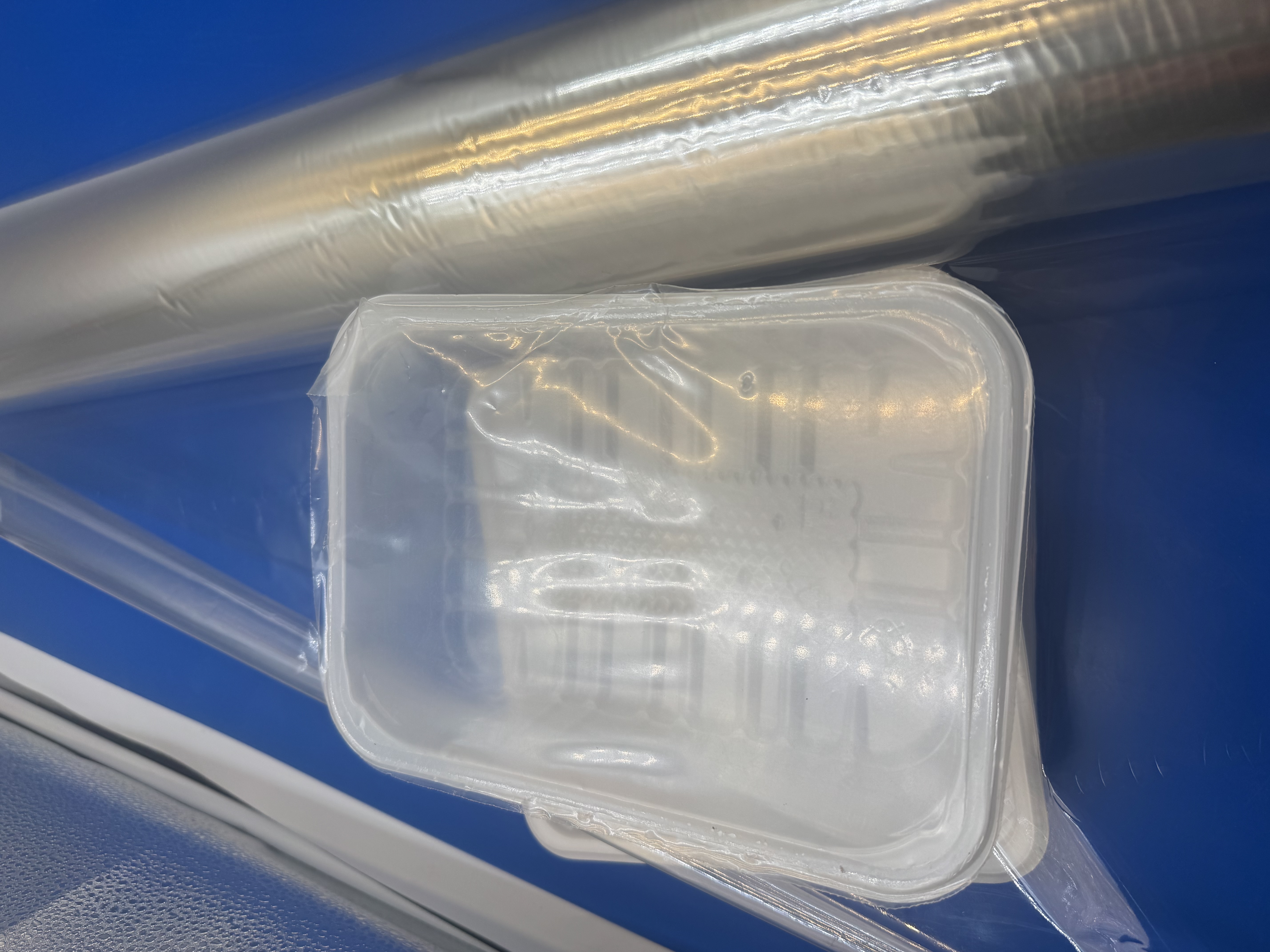
A Win - Win Situation of Environmental and Economic Benefits
1. Environmental Burden Reduction: Saying Goodbye to White Pollution
The biodegradability of PLA heat - sealable film is a game - changer in the fight against white pollution. Traditional plastic packaging, which takes hundreds of years to decompose, has been accumulating in the environment, causing significant damage to ecosystems. In contrast, PLA can be broken down relatively quickly under appropriate conditions.
When PLA is disposed of in a composting facility, microorganisms break it down into harmless substances such as water and carbon dioxide. This means that it does not contribute to the long - term accumulation of plastic waste in landfills, oceans, or other natural environments. By using PLA heat - sealable film in food packaging, the food industry can make a significant contribution to reducing environmental pollution.
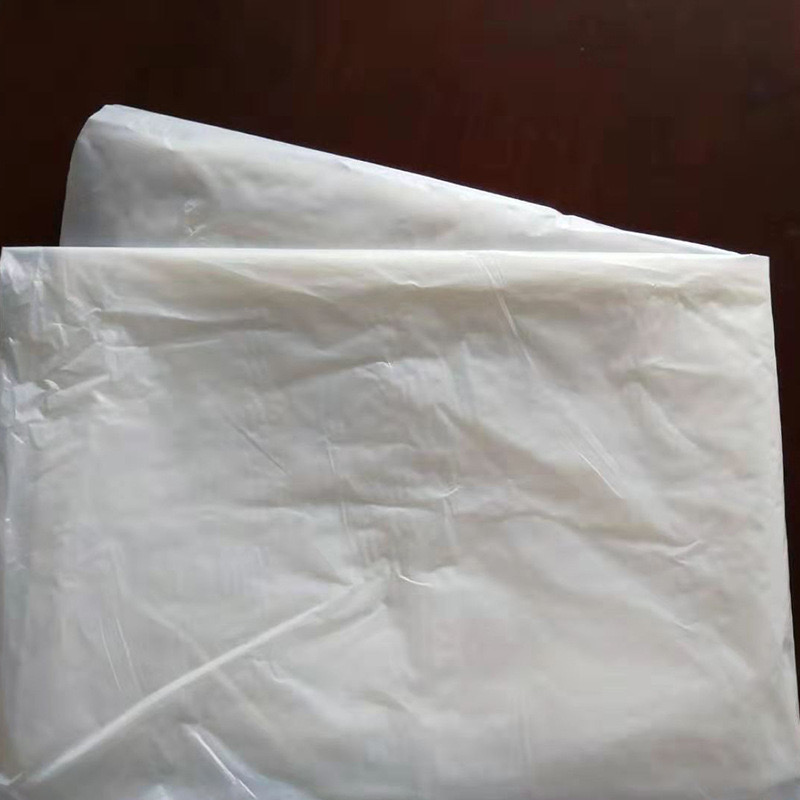
2. Cost - Effectiveness: Highlighting Long - Term Value
While the initial cost of PLA heat - sealable film may be higher than that of some traditional plastic films, it is important to consider the long - term cost - effectiveness. As the demand for sustainable packaging grows and the production scale of PLA expands, economies of scale will come into play, leading to a reduction in production costs.
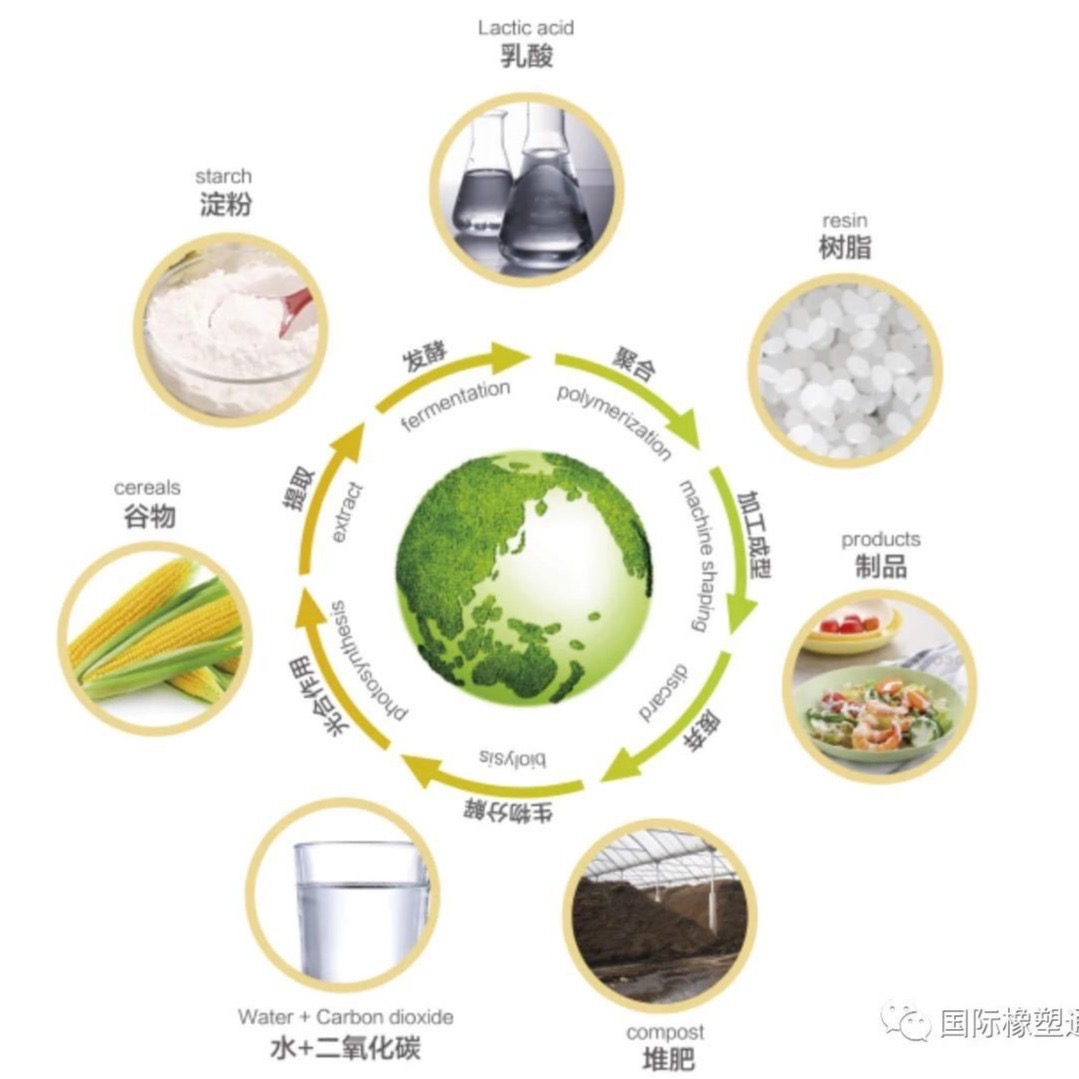
In addition, the use of PLA can lead to cost savings in other areas. For example, by reducing food waste. The better preservation properties of PLA - packaged food can extend the shelf life of products, reducing the amount of food that is discarded due to spoilage. This not only benefits the environment but also has economic implications for food producers and retailers.
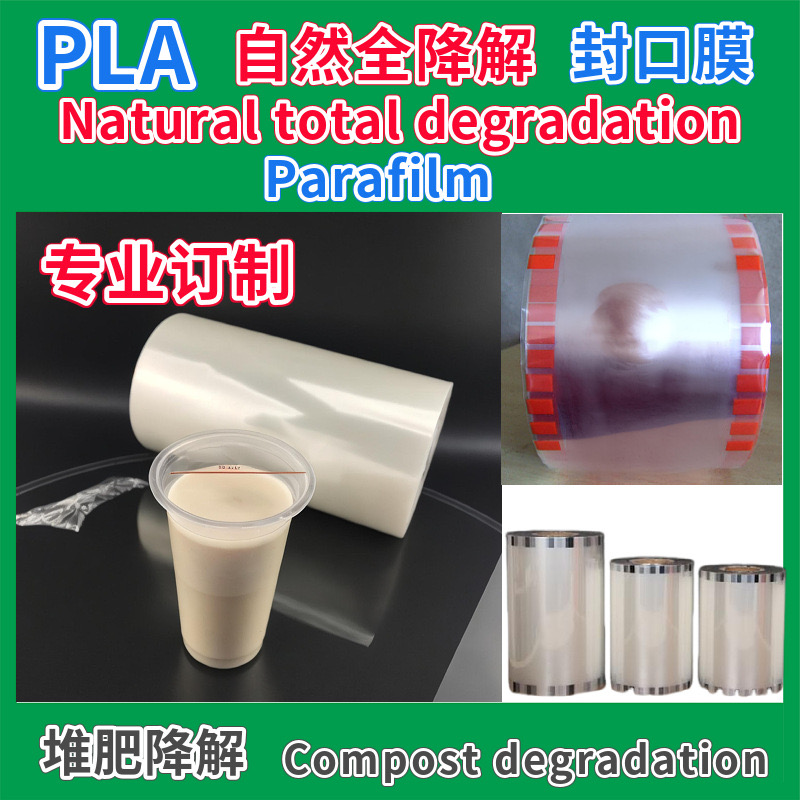
Challenges and Breakthroughs
1. Technological Challenges: The Journey of Performance Optimization
1. Barrier Property Enhancement: Although PLA has some barrier properties, there is still room for improvement, especially in terms of its resistance to oxygen and moisture. Researchers are working on developing new formulations and manufacturing processes to enhance these barrier properties. For example, the use of nanocomposites, where nanoparticles are incorporated into the PLA matrix, shows promise in improving the film's barrier performance.
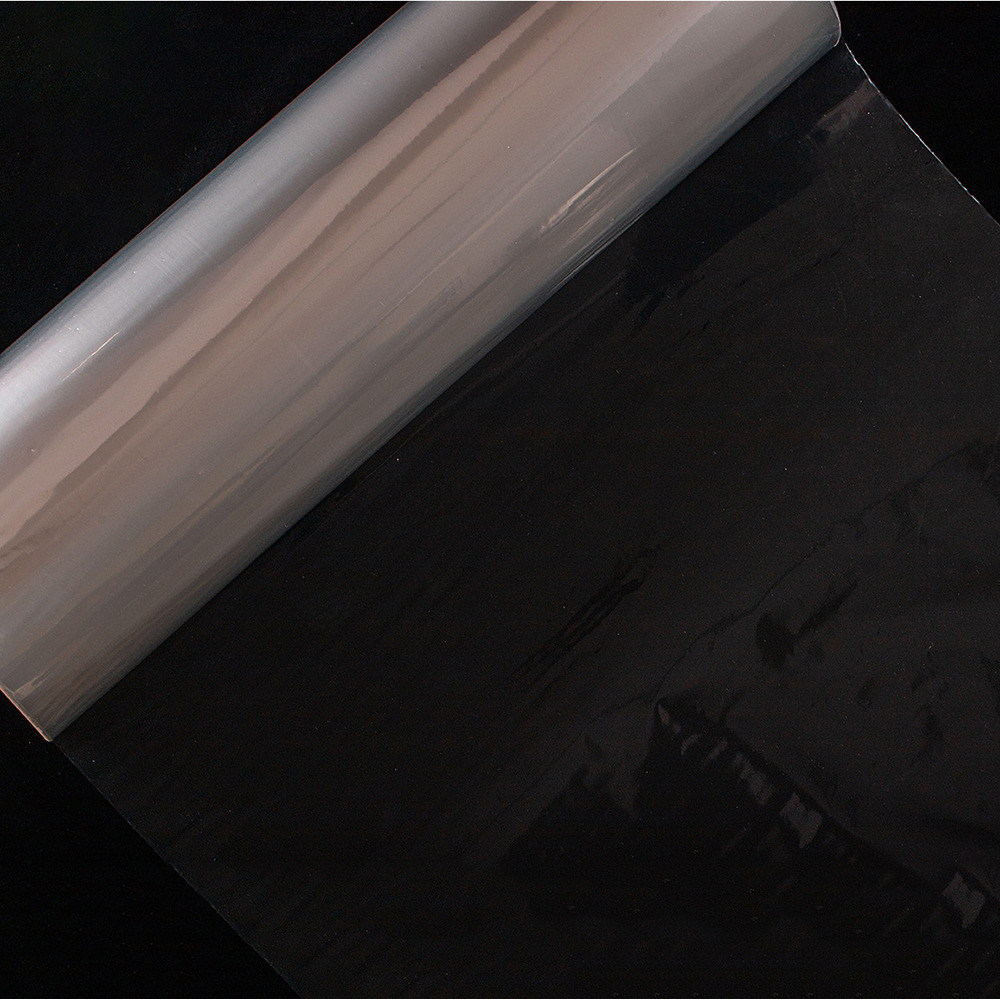
2. Thermal Stability Improvement: PLA has relatively lower thermal stability compared to some traditional plastics. This can limit its use in certain applications, especially those that require high - temperature processing or exposure. Scientists are exploring ways to improve the thermal stability of PLA, such as through chemical modifications and the addition of stabilizers.
3. Optimization of Heat - Sealing Process: While PLA has good heat - sealability, further optimization of the heat - sealing process is needed to ensure consistent and reliable seals. This involves studying the effects of different heat - sealing parameters, such as temperature, pressure, and time, on the quality of the seal.
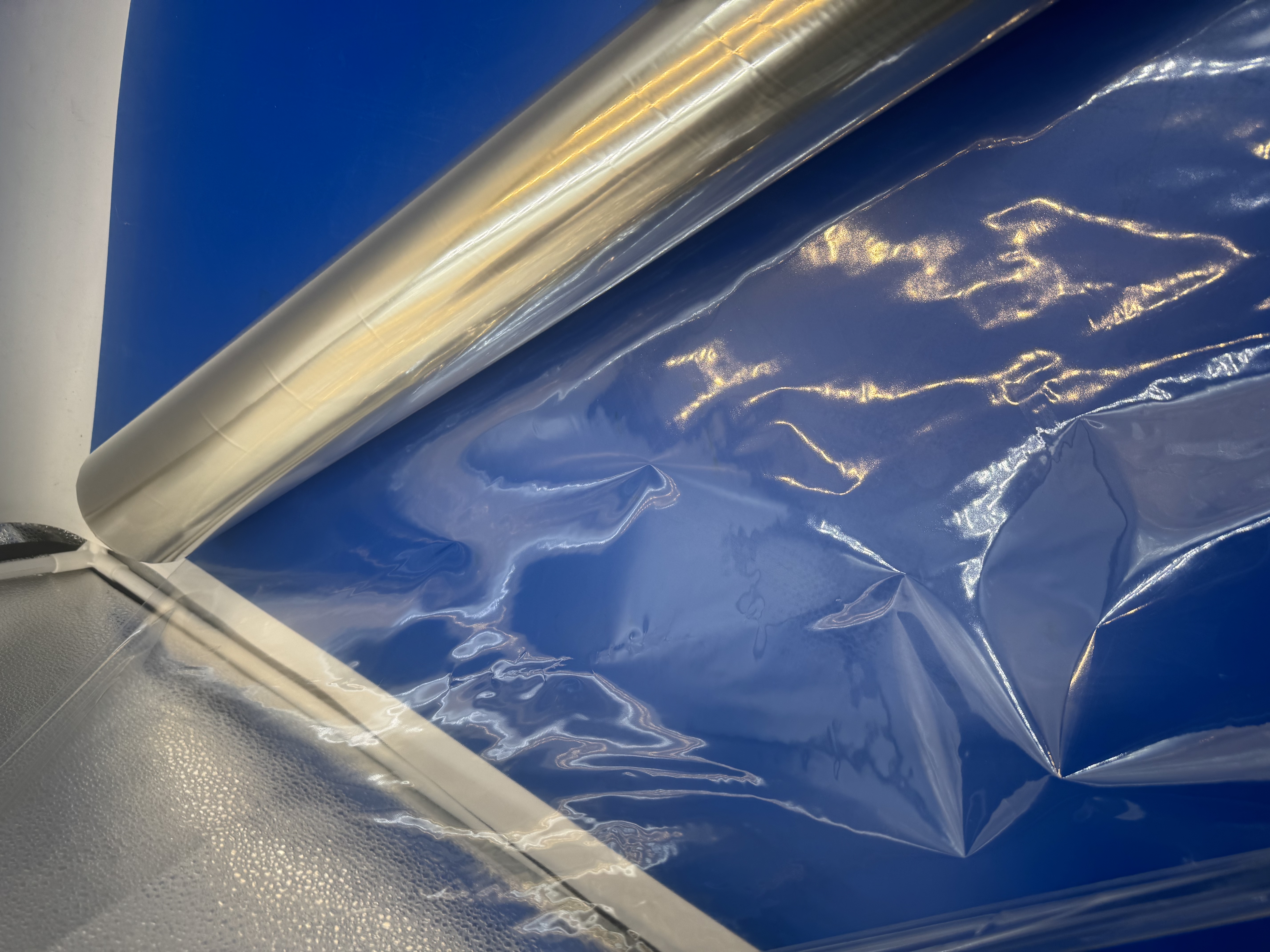
2. Market Expansion: The Key of Raising Awareness
1. Lack of Consumer Awareness: One of the main challenges in the widespread adoption of PLA heat - sealable film is the lack of consumer awareness. Many consumers are still unfamiliar with the benefits of PLA and may be hesitant to purchase products packaged in it. To address this, education and marketing campaigns are needed to raise awareness about the environmental and performance advantages of PLA.
2. Difficulties in Market Promotion: There are also challenges in promoting PLA heat - sealable film in the market. Competing with well - established traditional plastic packaging products, which have lower costs in the short term, can be difficult. Food producers and packaging companies need to work together to develop strategies to showcase the long - term value of PLA and overcome these market barriers.
Future Outlook: Leading the Trend of Green Packaging
The future of PLA heat - sealable film in food packaging looks promising. With continuous technological advancements, we can expect to see further improvements in its performance. For example, the development of smart PLA - based packaging that can monitor the freshness of food products through sensors integrated into the film is a possibility.
In addition, as consumers become more environmentally conscious, the demand for sustainable packaging will continue to grow. PLA heat - sealable film is well - positioned to meet this demand and lead the way in the transformation of the food packaging industry towards a more sustainable future.
Similar Video Recommendation
You May Also Like
If you are interested in the product, contact Bossgoovideo.com for more information
- *To:
- Shandong Top Leader Plastic Packing CO., LTD
- *Message:
-
Submit
Main Product:
PVC Rigid Film,
PET PETG Rigid Film ,
HIPS Film,
PC Film,
PP Film,
Other plastic packaging products
You May Also Like


















